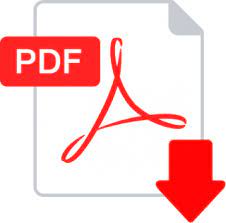Struktur Pembentuk Modalitas Ajakan Mashouka Serta Maknanya
DOI:
https://doi.org/10.34010/js.v12i1.7310Abstract
The mashouka form is a change of mashou form which is changed into a question form, only has the meaning of guru-pu gata no kanyuu which means collective invitation and does not have the meaning of hikikomi gata no kanyuu (invitation in the form of force). This study aims to find out the structure that forms the meaning of mashouka and the meaning it creates. Therefore, the research uses descriptive method to make descriptive data in the form of description or painting, factual and accurate about the facts, characteristics and relationships of the phenomena to be studied. The descriptive method will also facilitate the presentation of data results. The invitation form mashouka is a kanyuu hyougen of the shiyouka group. Structurally, it is a shiyou form of verb which is then converted into a question form (interrogative). The shiyouka invitation form belongs to the guru-pu gata no kanyuu group (collective invitation) which does not contain coercion. Usually, the form of invitation in Japanese is often accompanied by a persona pronomina either clearly or implicitly. The meaning arising from the use of this form of mashouka invitation emphasizes the speaker's desire to perform an action together / as a group.
Downloads
Published
Issue
Section
License
- Authors retain copyright and grant the journal right of first publication with the work simultaneously licensed under a Creative Commons Attribution License that allows others to share the work with an acknowledgement of the work's authorship and initial publication in this journal.
- Authors are able to enter into separate, additional contractual arrangements for the non-exclusive distribution of the journal's published version of the work (e.g., post it to an institutional repository or publish it in a book), with an acknowledgement of its initial publication in this journal.
- Authors are permitted and encouraged to post their work online (e.g., in institutional repositories or on their website) prior to and during the submission process, as it can lead to productive exchanges, as well as earlier and greater citation of published work (See The Effect of Open Access)










.jpg)

